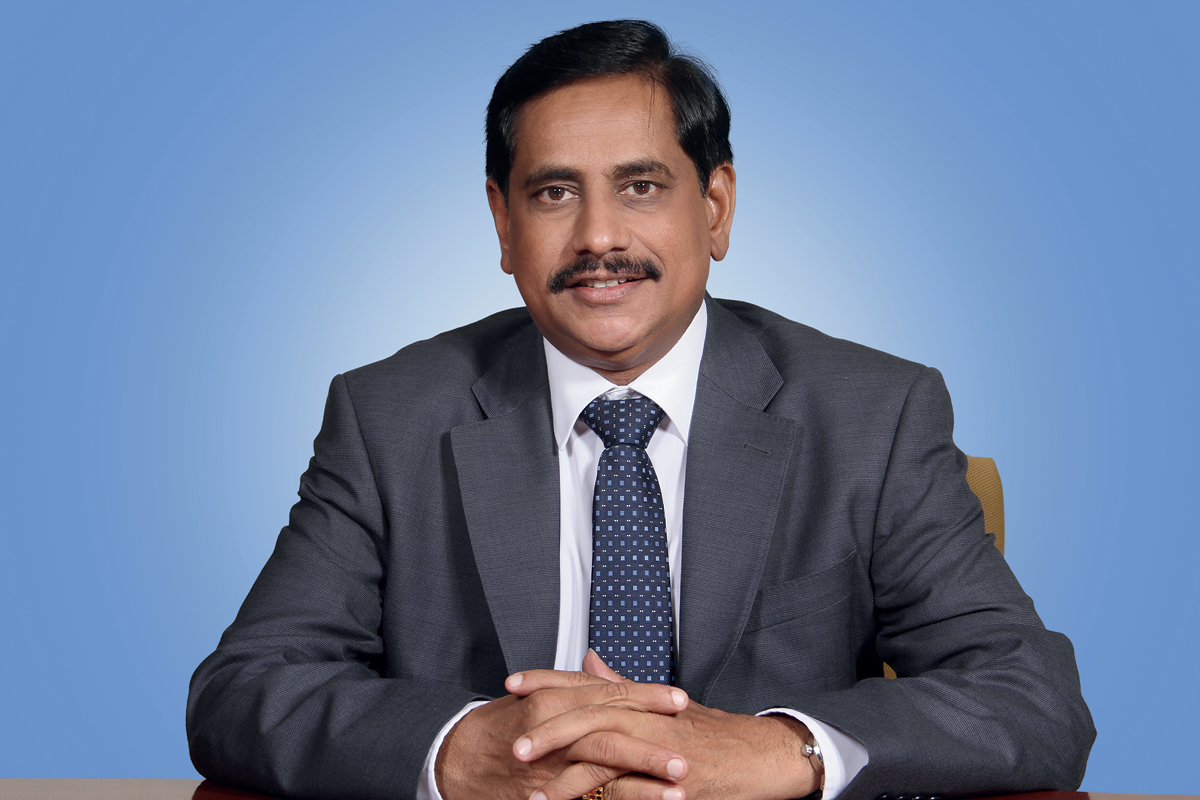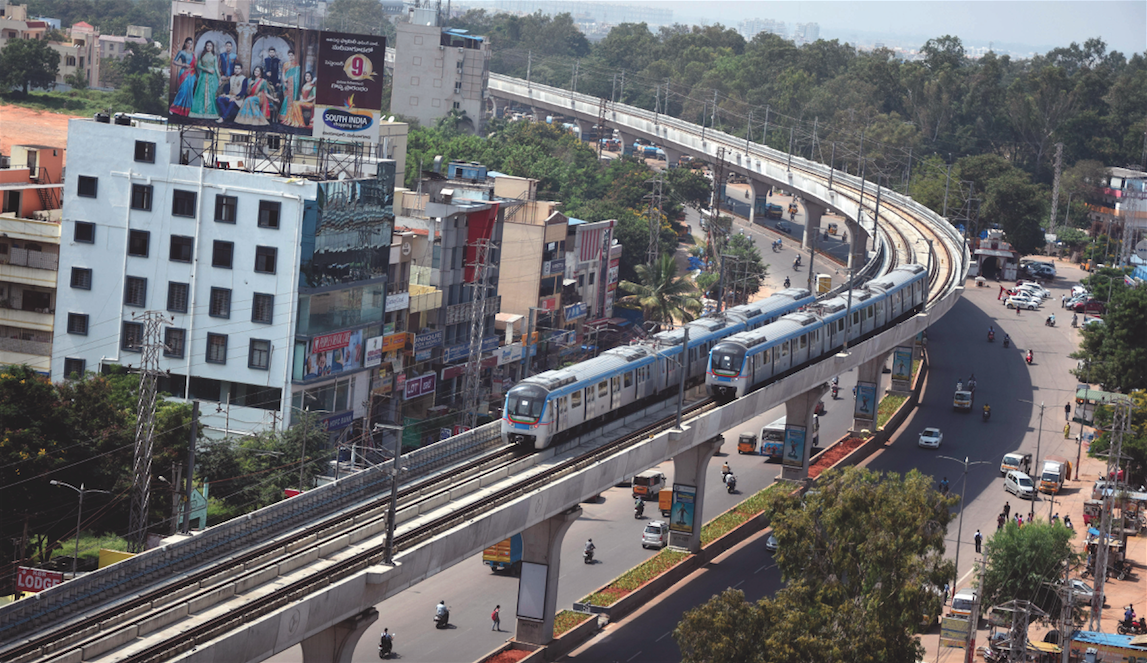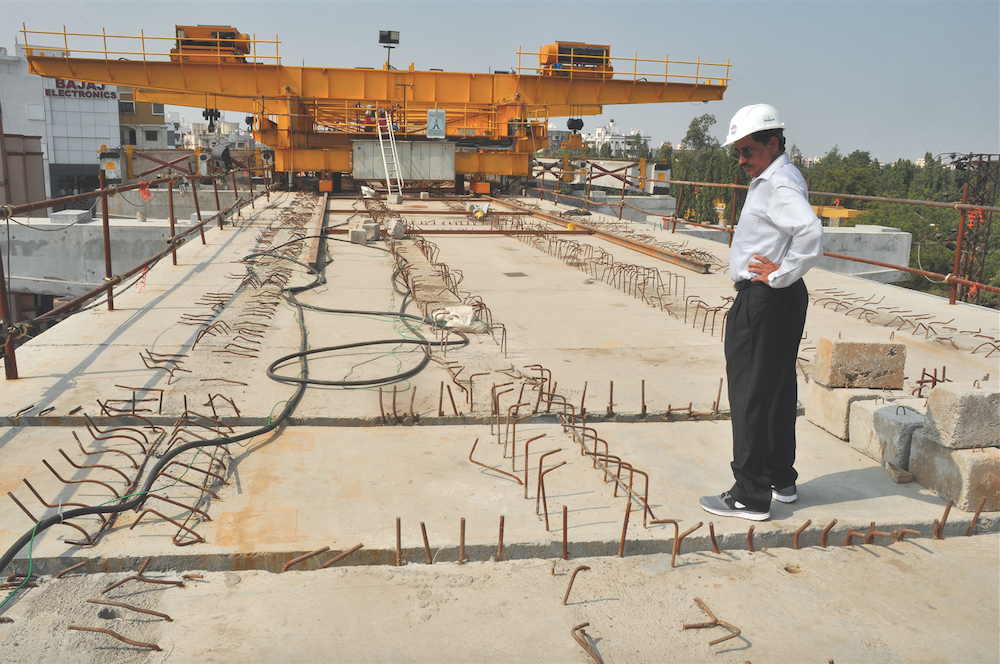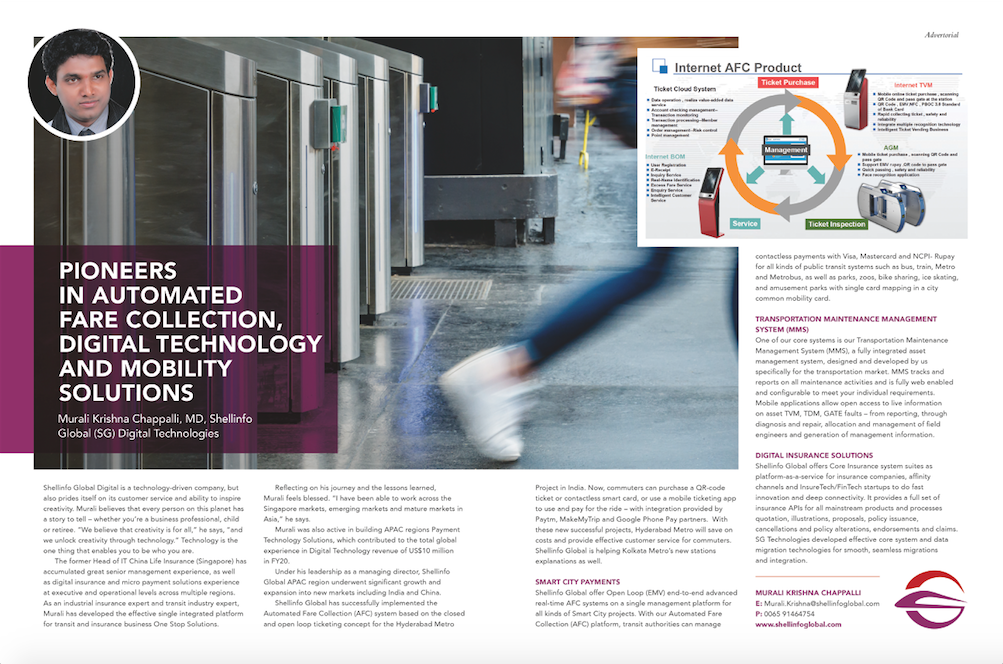The multibillion-dollar Hyderabad Metro Rail (HMR) project is, by its very nature, an enormous undertaking. Now completed, it is the world’s largest mass transit system involved in a public private partnership (PPP).

The sheer size of it has meant that the project has gone through a number of milestones and taken years to reach its current state. Managing Director NVS Reddy has been at the project’s helm since the very beginning and now, as it has come to an end, he’s finally able to take the time to reflect on both the successes and the challenges he’s faced in delivering such a large project.
“In November 2017, we launched the first part of the HMR project, which was the completion of 30 kilometres. Then, in 2018, we finished and launched another 28 kilometres,” explains Reddy.
“The balance of 11 kilometres was launched in February and, with that total of 69 kilometres, we have completed phase one of the project. It’s a real achievement for us as a PPP. There are about 250 mass transit projects in the world, which include major metro rail systems, and of those 250, only four or five have been attempted as PPPs. Before our project, the biggest one attempted is the Bangkok Metro, which is 47 kilometres done in two phases. Hyderabad Metro Rail is the world’s largest Metro in PPP mode.”
One of the many reasons NVS Reddy is proud of the project is because he’s been there since the very beginning. “It’s my baby, I basically conceived it. Originally, it was supposed to be done as a government project, but I converted it to a PPP,” he explains.
“That doesn’t mean that there haven’t been lots of issues along the way – there have. In India, it’s extremely difficult to implement an infrastructure project of this magnitude in dense urban environments because there needs to be a lot of property acquisition, which can be difficult.
The roads in Hyderabad are so narrow and many of them needed to be widened to accommodate HMR. We ended up having to acquire 3,000 properties, which then led to the filing of 370 court cases.” HMR has delivered the project alongside L&T Metro Rail Hyderabad Limited – a company formed by Larsen & Toubro, India’s technology, engineering, construction and manufacturing conglomerate.
L&T is the company in charge of the project’s construction; however, as head of HMR, Reddy was the person who had to appear in court and make the case for the project.

“Hyderabad Metro Rail is the government body for this particular project, which makes them the contesting authority,” he explains. While the difference in roles between HMR and L&T is important to note, it’s the coming together of these two organisations that has seen the creation of something on such a massive scale.
“These kinds of projects are implemented completely by governments with government investments. We give a 60-year concession period to a company and then they have to finance it and build it,” Reddy explains.
“They also have to design it, operate it and transfer it over at the end of the concession period.” A project like this doesn’t come without challenges, and Reddy talks openly about the daily protests outside his office and how he, and his team, coped with the conflict.
“Everything we do is questioned, from whether Hyderabad even required a metro to whether the country can afford it,” he says.

“We thought about whether a bus rapid transport system (BRTS) would work, and I was a huge advocate of that. Then I started to study how different countries around the world were doing things and took some time to understand different systems and how they could work in Hyderabad. I focused on the peak hour peak direction traffic (PHPDT), which looks in depth at a city’s traffic requirements. From this I came to the conclusion that in a city the size of Hyderabad, which has 10 million people and growing, we are already congested with traffic, so Metro is the only solution.”
You have to be able to live and breathe a mega project like this. You have to forget everything else and be prepared for anything.
A highly contentious part of the project was the handling of 20 religious structures. “This was such a sensitive issue and needed the right team members to handle it, as well as a great deal of patience and understanding,” he says.
“If we had to fly over or reposition a Hindu structure, my general manager would deal with it because that is his religion. If we were ever assessing a Muslim structure, my chief engineer is a devout Muslim and so he would advise on that. And I have a number of Christian officers who would advise when we were approaching the subject of a church. In India, it’s so important to tackle these issues with sensitivity. No Harvard, no Stanford, no MIT can teach you how to approach things in India.”
Quite clearly a multifaceted project to complete, the HMR project couldn’t have been finished without a high number of suppliers all working together. “It’s been a highly complicated project with thousands of component suppliers, systems and subsystems and L&T get full credit for dealing with it all,” he says.
“They are a clean, honest and highly reputable company, and have had to deal with a large list of global suppliers. They’ve sourced from South Korea, Canada and Portugal as well as other countries, and excellent relationships have been formed.”
Reddy puts the success of the HMR project down to two things – courageous conviction and passion. “You have to be able to live and breathe a mega project like this. You have to forget everything else and be prepared for anything,” he says.
“You also need to have the courage to believe that you can solve any problem that arises. “Beyond that, you have to also be a leader who can motivate a team and create a work environment that is honest and filled with integrity.”
Proudly supported by:



